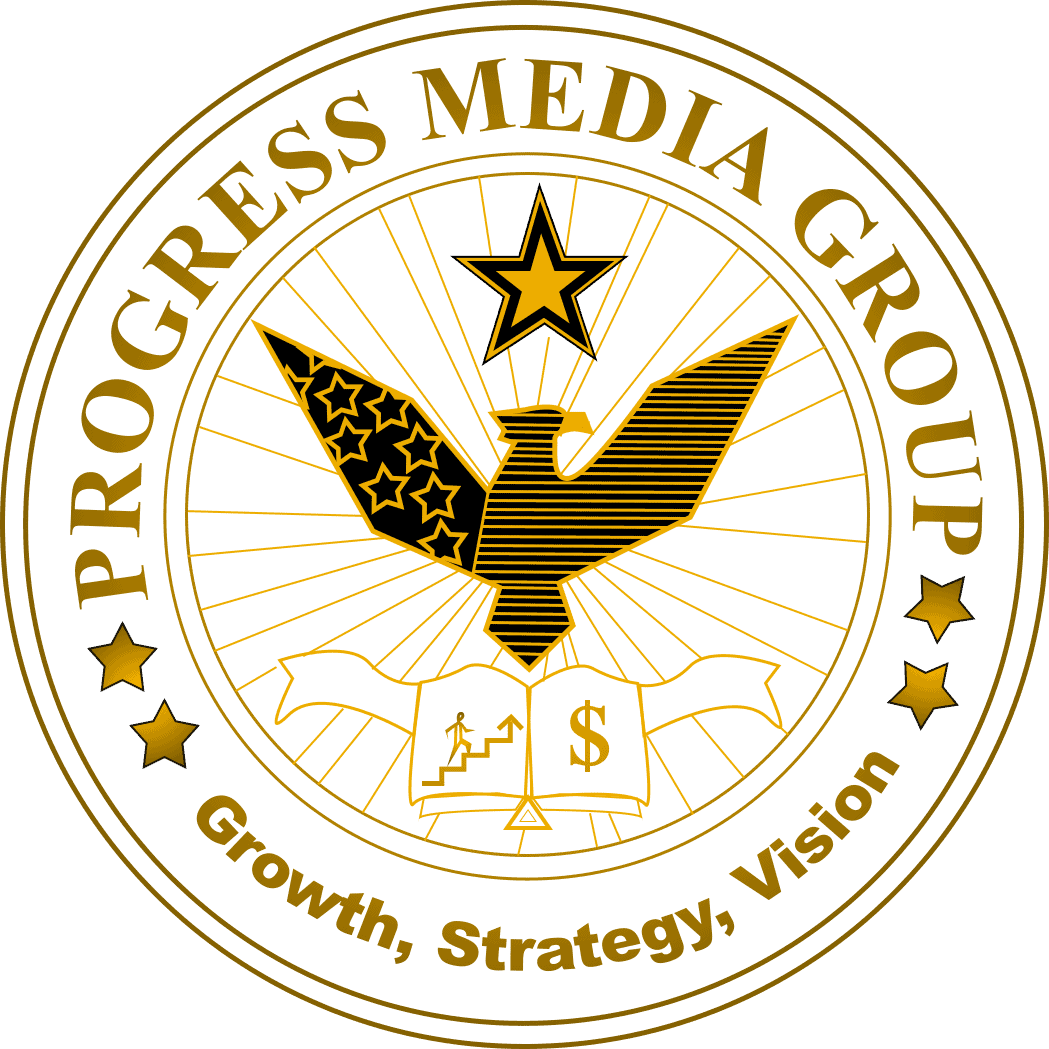Mastering Social Media: Uncover the Power of Tracking Key Metrics
In today’s digital age, social media has become an integral part of our lives. It’s no longer just a platform for sharing cute cat videos or stalking your old high school crush. Social media has evolved into a powerful tool for businesses to connect with their audience, build brand awareness, and drive sales. But how do you really know if your social media efforts are paying off? How can you measure the impact of your posts, tweets, and shares? This is where tracking key metrics for social media management comes into play. Imagine having the ability to unlock the secret behind what works and what doesn’t on social media. Understanding which posts receive the most engagement, which tweets generate the most click-throughs, and which platforms are delivering the highest return on investment – this knowledge is invaluable for any business looking to master the art of social media. In this blog post, we will delve deep into the world of tracking key metrics for social media management. We will explore the various metrics that matter, the tools and techniques you need to implement, and how to use this data to propel your social media strategy to new heights. So, get ready to uncover the power of tracking key metrics and unleash the true potential of your social media presence. Let’s dive in!
The Importance of Tracking Key Metrics for Social Media Management
Social media has revolutionized the way businesses connect with their audience. It provides a platform for companies to engage with customers, build brand awareness, and drive sales. However, without tracking key metrics, it can be challenging to measure the success of your social media efforts. Tracking key metrics is essential for understanding what works and what doesn’t in your social media strategy.
By monitoring key metrics, you can gain valuable insights into the effectiveness of your posts, tweets, and shares. You can identify which content resonates most with your audience and adjust your strategy accordingly. Let’s explore why tracking key metrics is crucial for social media management.
Firstly, tracking key metrics allows you to measure engagement. Likes, comments, and shares are indicators of how well your content is performing. By analyzing these metrics, you can determine which posts are generating the most interaction and tailor future content to replicate that success.
Secondly, tracking click-through rates (CTR) is vital for understanding how effective your tweets and links are at driving traffic to your website or landing page. By using tools like Google Analytics or Bitly, you can track CTRs and identify which tweets or links are generating the most clicks. This information helps you optimize your messaging and improve conversion rates.
Identifying the Metrics that Matter
Not all metrics are created equal when it comes to social media management. It’s essential to focus on the ones that provide meaningful insights into your performance. Here are some key metrics that matter:
Reach: Reach refers to the number of unique users who see your content on social media platforms. It helps you understand how far your message is spreading.
Impressions: Impressions measure the total number of times your content is displayed, regardless of whether it was clicked or not. It gives you an idea of how many people have had the opportunity to see your posts.
Engagement: Engagement metrics include likes, comments, shares, and retweets. They indicate how well your audience is interacting with your content and can help you gauge its impact.
Click-Through Rates (CTR): CTR measures the percentage of users who click on a link or call-to-action in your social media posts. It shows how effective your messaging is at driving traffic to external sites.
Tools and Techniques for Tracking Key Metrics
To effectively track key metrics for social media management, you need the right tools and techniques. Here are some popular options:
Social Media Analytics Tools: Platforms like Facebook Insights, Twitter Analytics, and Instagram Insights provide built-in analytics that allow you to track key metrics directly within their platforms.
Third-Party Analytics Tools: Tools like Hootsuite, Sprout Social, and Buffer offer comprehensive analytics dashboards that consolidate data from multiple social media platforms. These tools provide in-depth insights into engagement, reach, impressions, and more.
URL Shorteners: URL shorteners like Bitly or Ow.ly not only make links more manageable but also provide valuable tracking data. They allow you to monitor click-through rates and analyze which links are generating the most clicks.
Measuring Engagement: Likes, Comments, and Shares
Likes, comments, and shares are crucial indicators of engagement on social media. By tracking these metrics, you can gain insights into what content resonates with your audience and adjust your strategy accordingly.
When analyzing engagement metrics, it’s essential to look beyond the numbers. Consider the quality of engagement as well. Are users leaving meaningful comments or just spamming emojis? Are they sharing your content with their own networks? Quality engagement indicates that your content is resonating with your audience and has the potential to reach a wider audience.
Use social media analytics tools to track likes, comments, and shares for each post. Identify patterns and trends in the type of content that receives the most engagement. This data will help you refine your content strategy and create more impactful posts.
Analyzing Click-Through Rates: Tweets and Links
Click-through rates (CTR) measure how effective your tweets and links are at driving traffic to external sites. By tracking CTRs, you can assess the success of your messaging and optimize it for better results.
Start by shortening your URLs using tools like Bitly or Ow.ly. These URL shorteners not only make links more visually appealing but also provide valuable tracking data. They allow you to monitor click-through rates and analyze which links are generating the most clicks.
Use social media analytics tools or third-party analytics platforms to track CTRs for each tweet or link shared on social media. Compare the performance of different messages and identify patterns in what drives clicks. This information will help you refine your messaging strategy and improve conversion rates.
Monitoring Reach and Impressions
Reach and impressions are essential metrics for understanding how far your message is spreading on social media platforms. Monitoring these metrics allows you to assess the visibility of your content and make informed decisions about targeting specific audiences.
Social media platforms like Facebook Insights, Twitter Analytics, and Instagram Insights provide built-in analytics that allow you to track reach and impressions directly within their platforms. These tools provide valuable insights into the performance of your content and help you identify opportunities for growth.
Regularly monitor reach and impressions for each post or campaign. Look for trends in what drives higher reach and impressions. Are certain types of content or hashtags more successful? Use this data to optimize your targeting strategy and maximize the visibility of your posts.
Assessing Return on Investment (ROI)
Return on investment (ROI) is a critical metric for evaluating the success of your social media efforts. It measures the return you’re getting from the resources invested in social media management, such as time, money, and manpower.
To calculate ROI, you need to track both financial metrics (such as sales generated from social media) and non-financial metrics (such as brand awareness or customer satisfaction). Assign a monetary value to these metrics whenever possible to quantify their impact accurately.
Use analytics tools to track conversions and sales generated from social media campaigns. Compare these numbers against the resources invested to calculate ROI. This information will help you make data-driven decisions about resource allocation and optimize your social media strategy for maximum return.
Using Data to Optimize Your Social Media Strategy
Data is only valuable if you use it effectively. Once you’ve tracked key metrics for your social media management, it’s essential to analyze the data and apply it to optimize your strategy.
Identify patterns in what works and what doesn’t. Which types of content generate the most engagement? Which platforms deliver the highest reach? Use this information to refine your content strategy, focusing on creating more of what resonates with your audience.
Experiment with different messaging techniques based on click-through rates. Test different calls-to-action or headlines to see which ones drive more traffic to external sites. Continuously monitor results and make data-driven adjustments to improve your conversion rates.
Regularly review your ROI to ensure that your social media efforts are generating a positive return. If certain platforms or campaigns are not delivering the desired results, consider reallocating resources to more successful areas.
Case Studies: How Tracking Key Metrics Led to Success
Tracking key metrics has proven to be a game-changer for many businesses. Let’s explore some case studies that demonstrate how tracking key metrics led to success in social media management:
Case Study 1: Company X
Company X implemented a comprehensive social media analytics strategy, tracking engagement, reach, and click-through rates. By analyzing the data, they discovered that their audience responded well to video content and posts with interactive elements. They adjusted their content strategy accordingly and saw a significant increase in engagement and click-through rates.
Case Study 2: Company Y
Company Y used URL shorteners to track click-through rates for their social media links. They found that tweets with concise headlines and clear calls-to-action generated the most clicks. By optimizing their messaging based on this data, they were able to drive more traffic to their website and increase conversions.
Conclusion: Unlocking the Power of Tracking Key Metrics in Social Media Management
In conclusion, tracking key metrics is essential for mastering social media management. It allows you to measure engagement, analyze click-through rates, monitor reach and impressions, assess ROI, and optimize your strategy based on data-driven insights.
By understanding which metrics matter and using the right tools and techniques for tracking them, you can unlock the power of social media analytics. Use this knowledge to refine your content strategy, improve conversion rates, and drive business growth through effective social media management.
So, start tracking key metrics for social media management today and unleash the true potential of your social media presence!




